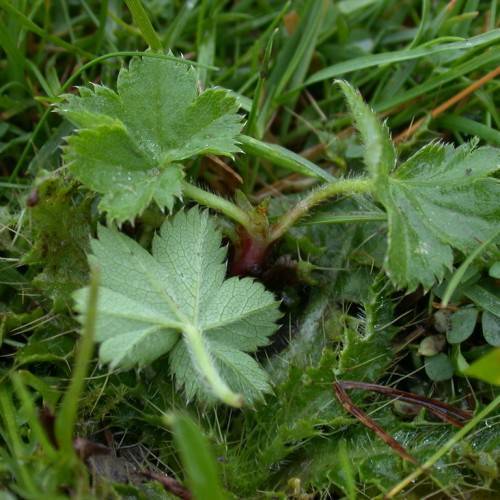
Thin-Stemmed Lady's Mantle
Alchemilla filicaulis
Watering:
Minimal
Hardiness Zone:
Sun:
full sun,part shade
Leaf:
Yes
Growth Rate:
Low
Drought Tolerant:
Yes
Salt Tolerant:
Yes
Invasive:
Yes
Care Level:
Medium
watering
Early Hairgrass should be watered once a week, using 1-2 inches of water per session. The water should be lukewarm, and applied at the base of the plant to avoid wetting the foliage. It is important to let the soil dry out between sessions. During the growing season, from April to September, Early Hairgrass should receive more water so as to keep the soil slightly moist, but not saturated. Once more, the soil should be allowed to dry out between sessions. During the cooler fall months, while the plant is dormant, waterings should be decreased and the soil should be allowed to become mostly dry between waterings.
sunlight
Early Hairgrass (Aira praecox) does best when it receives approximatley 4 to 6 hours of direct sunlight each day. This species tends to thrive in habitats that have long summer days with either full sun or light shade. The ideal time of day for maximum sunlight is between 10 am and 4 pm. The amount of sunlight should be adjusted according to the season, to make sure the plant does not receive too much (in summer) or too little (in winter). During periods of intense sunlight, it is best to provide some light shade to ensure optimal growth and health.
pruning
Early Hairgrass should be pruned lightly at the end of winter, when the new shoots begin to emerge. The pruning should be done before any major growth appears. This will ensure that the plant’s growth is not inhibited and that new vigorous shoots can take the place of the ones removed. Pruning should be done selectively to remove any dead, diseased or growth that is not desirable. Pruning should be kept to a minimum since the plant is prone to being damaged from excessive cutting. Always use sharp pruning shears to make clean cuts and avoid damaging the branches. It is important to keep in mind that much of the new growth will occur on the tips of the stem, so make sure to leave some growth at the tips of the stems during pruning. This will enable the plant to have sufficient growth for the next season.
